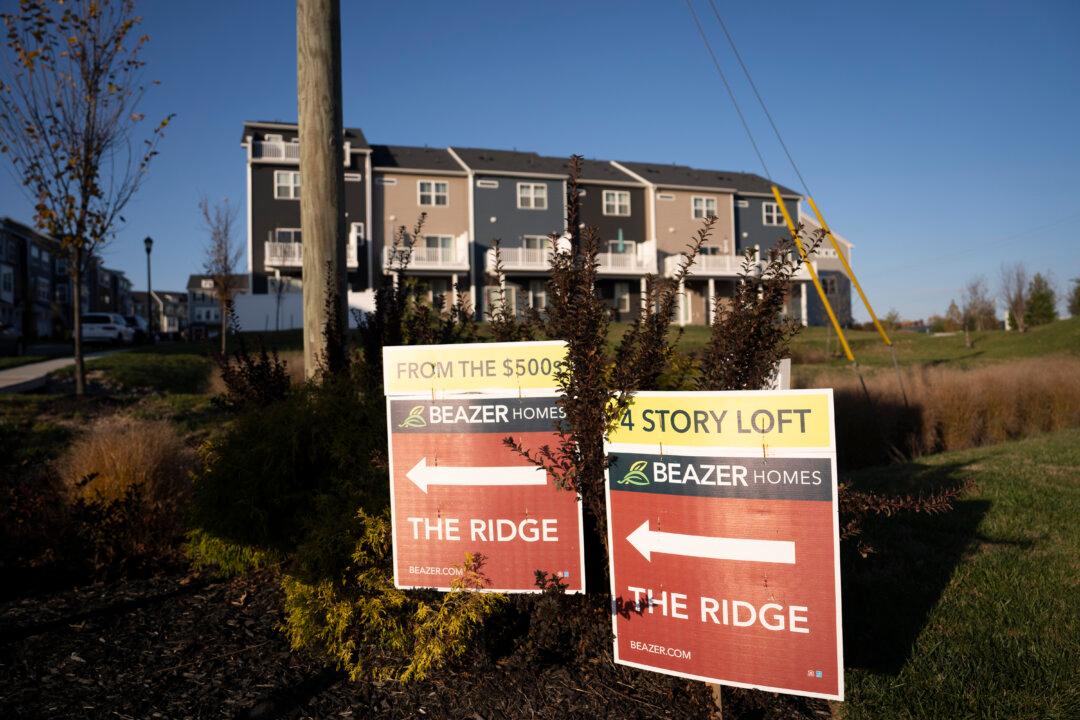American homeowners need to earn about $50,000 more than the typical renter to be able to afford monthly mortgage payments, according to new data from real estate brokerage Redfin.
In 2024, a person looking to buy a typical U.S. home could do so with earnings of about $110,808, $5,825 lower than this year. The amount needed to rent remained about the same.
According to the brokerage, a home is considered affordable when the homeowner spends no more than 30 percent of their income on the monthly housing payment.
Redfin said an individual needed to earn just $63,925 to afford the typical home for sale in 2021. The latest data indicate an increase of more than 82 percent in the income required to purchase a home since then, based on current market conditions. The amount needed for a typical rental was then $54,520.
Mortgage rates have been undergoing considerable fluctuations recently, with broader economic uncertainty following President Donald Trump’s tariffs strategy to level the playing field for American exports.
The implementation of reciprocal tariffs was announced on April 2.
The volatility in rates has been supported by corresponding movements in the U.S. Treasury bond yields.
Inflation Fears
When the 10-year Treasury yield increases, mortgage rates tend to follow. According to Mortgage News Daily, the yield saw its biggest week-over-week increase since 1981, indicating a subsequent uptick in mortgage rates, which have now crossed the 7 percent level.Americans have been standing on the sidelines, unsure of making home purchases due to the persistently elevated mortgage rates.
“Mortgage applications increased by 20 percent to its highest level since September 2024, driven by purchase and refinance applications picking up in a volatile week where economic uncertainty caused rates to drop across the board,” Mortgage Bankers Association Vice President Joel Kan said in an April 9 statement.
Home buying has been picking up pace in the United States since the start of April. As part of this, new property listings are rising.
“They’re hearing the words ‘tariffs’ and ‘recession,’ and it’s making them nervous that if they buy now, the value of their home will decline, and they don’t know whether mortgage rates will go up or down. There’s a lot of uncertainty out there, with buyers trying to understand how their purchase would fit into their personal finances and the broader economic puzzle.”
The median home sale price is $386,500, as of April 6, Redfin said, with the asking price at $426,910 and a monthly mortgage rate of $2,813.
There were almost a million active market listings with 100,661 new listings.







